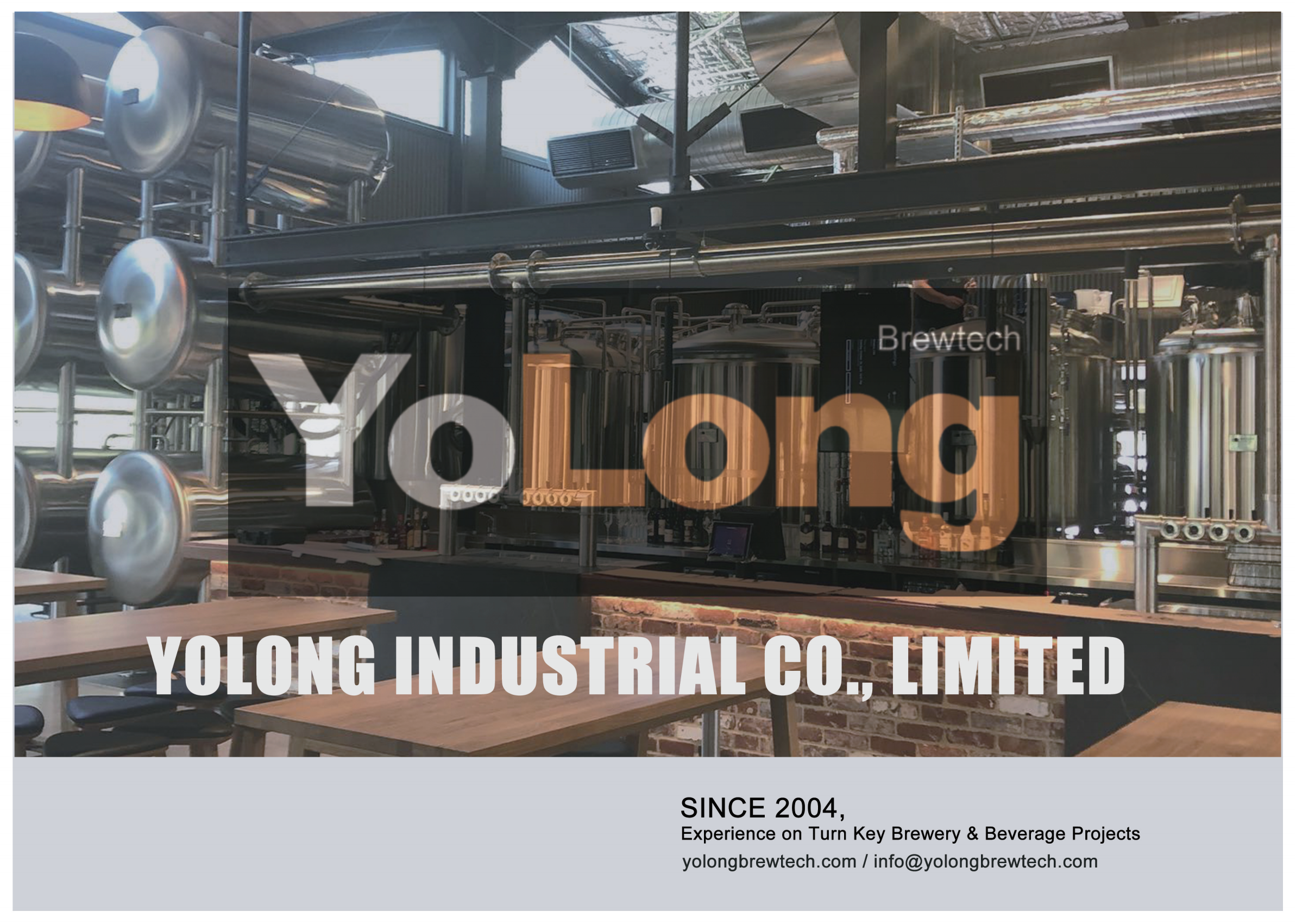How Much Does It Cost to Start a Microbrewery in 2025
Overview
Starting a microbrewery is an exciting venture, but it comes with significant costs. From equipment and location to licensing and raw materials, there are many factors to consider. The total investment can range from $250,000 to over $2 million, depending on the size, location, and business model. Whether you’re planning a small taproom-focused operation or a full-scale production brewery, understanding these costs upfront will help set realistic expectations and secure the necessary funding.
How Much Does It Cost to Open a Microbrewery?
The cost of opening a microbrewery varies based on several factors, including equipment, location, and operational scale. Generally, a nano-brewery (1-3 barrel system) may cost around $250,000-$500,000, while a larger microbrewery (10-30 barrel system) can range from $750,000 to $2 million or more. Additional expenses include licensing, staffing, raw materials, and marketing. Understanding these costs helps aspiring brewers plan effectively and avoid financial pitfalls.
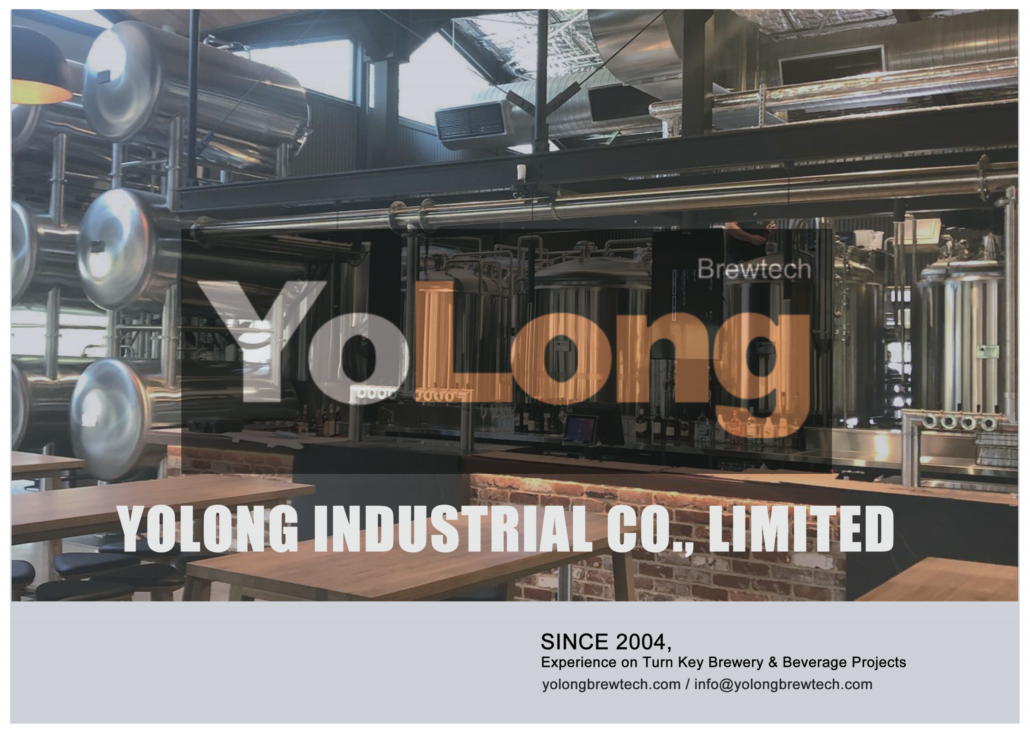
Key Costs of Starting a Microbrewery
There are several key expenses when launching a microbrewery, including:
- Brewery Equipment Costs
- Location & Facility Costs
- Licensing & Legal Fees
- Raw Materials & Inventory
- Labor & Staffing Costs
- Marketing & Branding
- Operational Expenses
Each of these components plays a critical role in determining the overall cost of opening a microbrewery.
Brewery Equipment Costs
Equipment is one of the biggest capital expenses when setting up a microbrewery. Depending on the brewing capacity, new or used equipment, and automation levels, costs can vary significantly.
| Equipment Type | Estimated Cost (USD) |
|---|---|
| Brew Kettle & Mash Tun | $50,000 – $250,000 |
| Fermentation Tanks | $20,000 – $100,000 per unit |
| Kegs & Bottling/Canning Line | $30,000 – $150,000 |
| Glycol Cooling System | $10,000 – $50,000 |
| Pumps & Hoses | $5,000 – $20,000 |
| Laboratory Equipment | $5,000 – $25,000 |
| Cleaning & Sanitation Equipment | $5,000 – $15,000 |
If you opt for used equipment, costs can be significantly lower, but there may be maintenance or efficiency trade-offs.
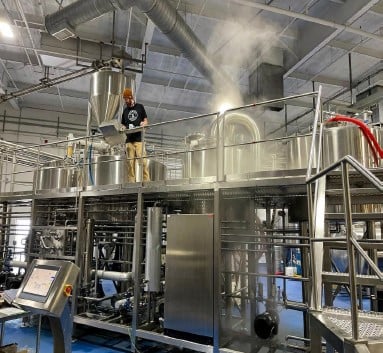
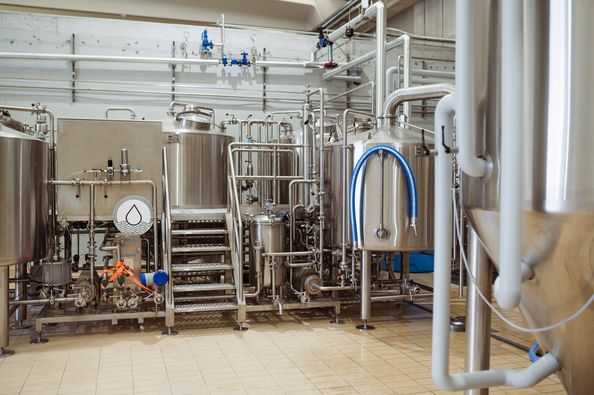
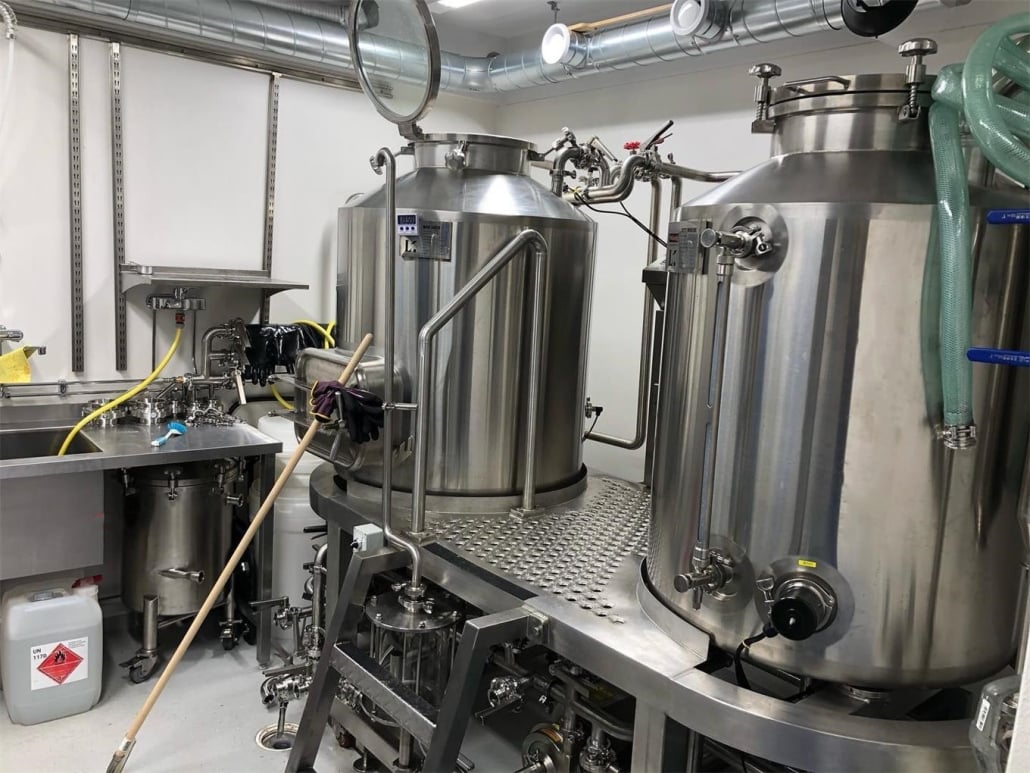
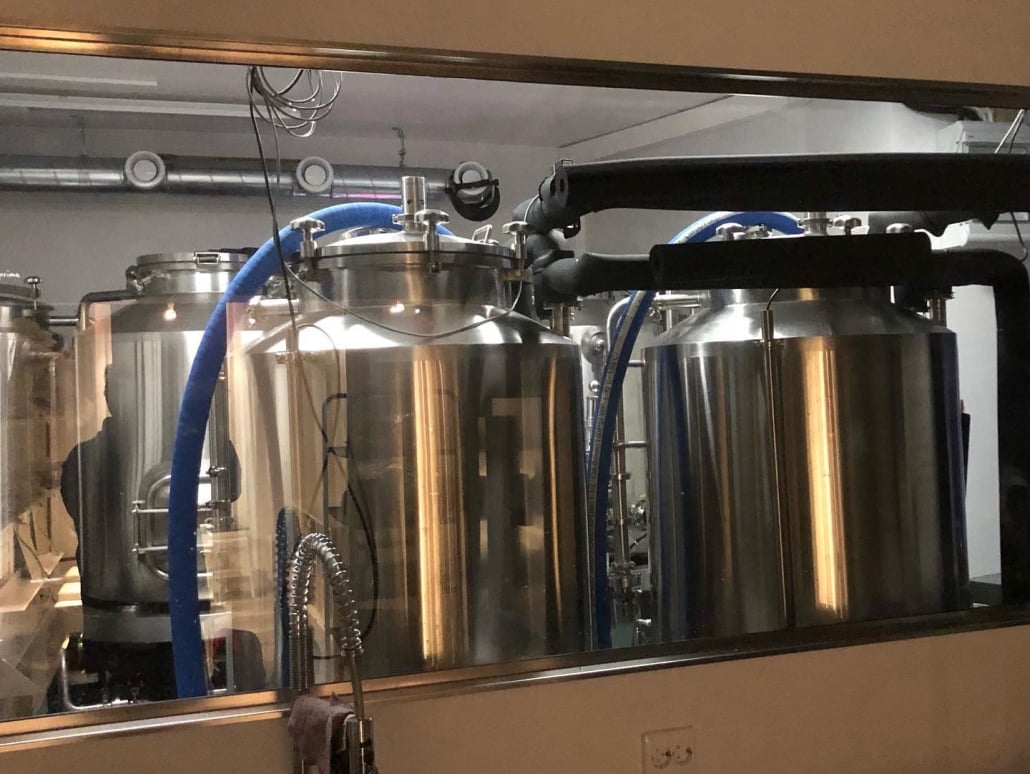
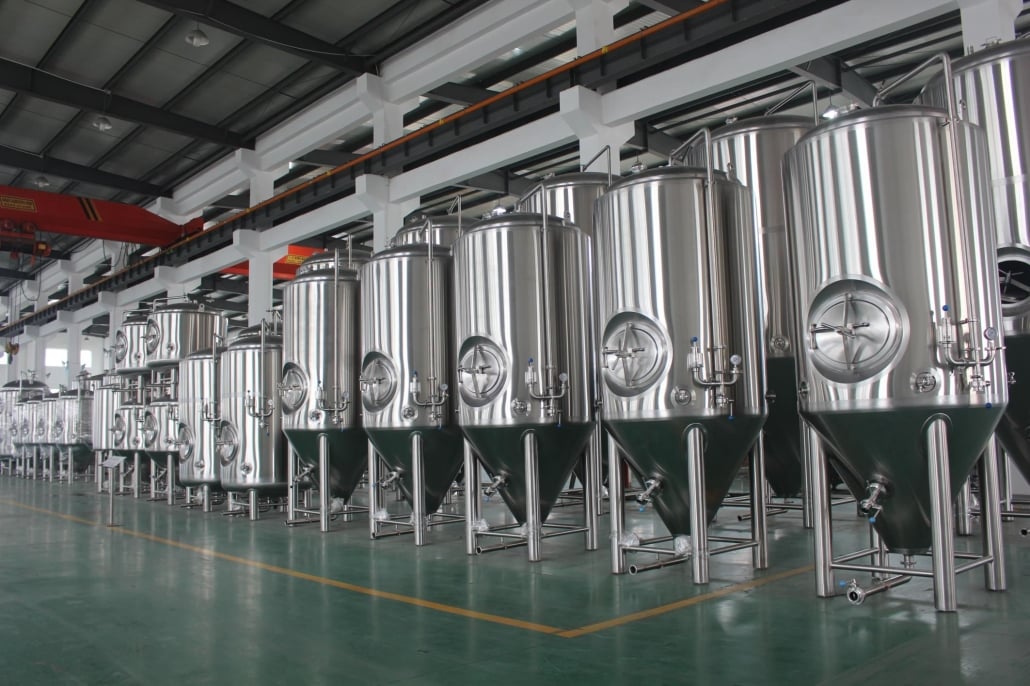
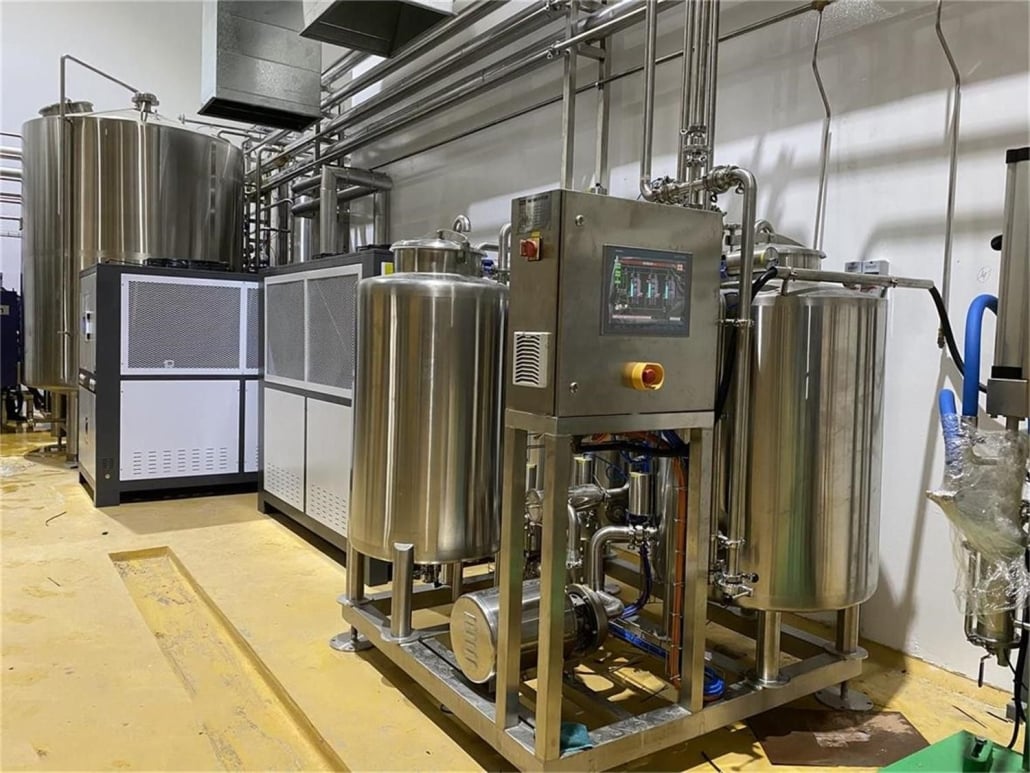
Location & Facility Costs of Starting a Microbrewery
Finding the right location is crucial. Rental costs vary depending on the city, state, and brewery size. Here’s a breakdown:
| Location Type | Estimated Monthly Rent (USD) | Build-Out Costs (USD) |
|---|---|---|
| Small Brewery (1,500-3,000 sq. ft.) | $2,500 – $7,500 | $50,000 – $200,000 |
| Medium Brewery (3,000-10,000 sq. ft.) | $7,500 – $15,000 | $200,000 – $500,000 |
| Large Brewery (10,000+ sq. ft.) | $15,000 – $50,000 | $500,000 – $1 million+ |
Considerations: Costs depend on renovations, lease terms, and zoning regulations.
Licensing & Legal Fees of Starting a Microbrewery
Breweries must obtain several permits and licenses before opening.
| License/Permit | Estimated Cost (USD) |
|---|---|
| Federal Brewer’s Notice (TTB) | Free (Application) |
| State Brewing License | $500 – $5,000 |
| Local Business Permits | $1,000 – $10,000 |
| Health & Safety Compliance | $500 – $5,000 |
| Alcohol Distribution License | $2,000 – $10,000 |
These fees vary by state and municipality. Legal fees for consulting can add another $5,000-$20,000.
Raw Materials & Inventory of Starting a Microbrewery
To keep the brewery running, you need a steady supply of ingredients.
| Ingredient | Estimated Cost per Batch (USD) |
|---|---|
| Malted Barley | $500 – $3,000 |
| Hops | $100 – $500 |
| Yeast | $50 – $300 |
| Water & Additives | $50 – $500 |
| Packaging (Bottles, Cans, Kegs) | $1,000 – $10,000 |
Raw material costs depend on batch size, recipe complexity, and sourcing.
Labor & Staffing Costs of Starting a Microbrewery
Running a brewery requires skilled labor. Salaries depend on experience and location.
| Role | Annual Salary (USD) |
|---|---|
| Head Brewer | $50,000 – $100,000 |
| Assistant Brewer | $30,000 – $50,000 |
| Taproom Staff | $25,000 – $40,000 |
| Sales & Distribution | $40,000 – $80,000 |
| Marketing Manager | $45,000 – $90,000 |
Labor costs vary based on location, benefits, and experience level.
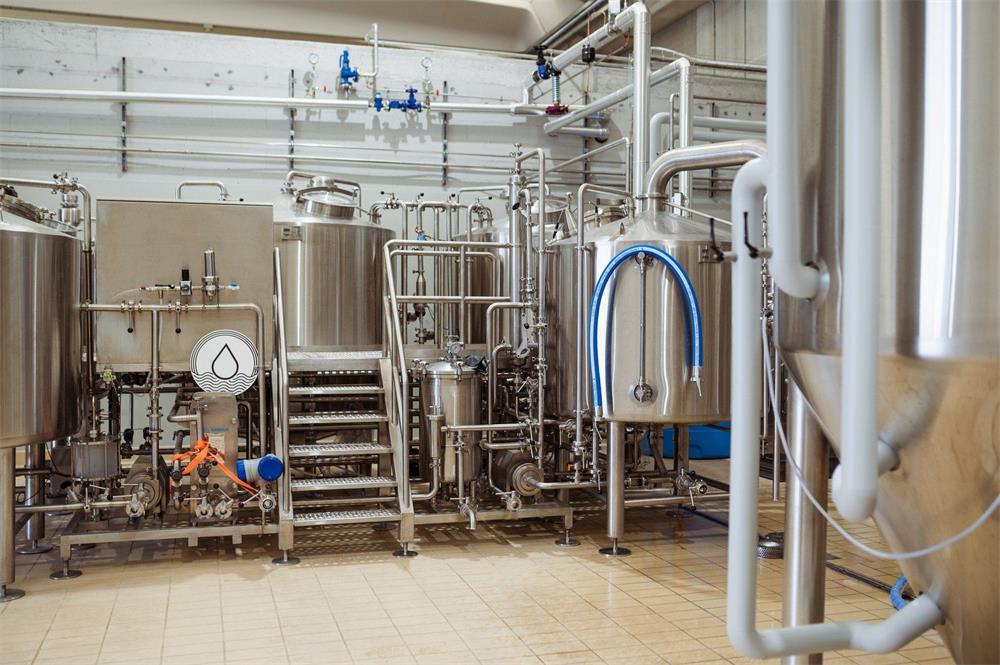
FAQ
| Question | Answer |
|---|---|
| What is the minimum budget to start a microbrewery? | A small-scale nano-brewery may start at $250,000, while larger operations can exceed $1 million. |
| What is the most expensive part of starting a microbrewery? | Equipment and facility costs take up the biggest portion of the budget, often accounting for 50-70% of the total expenses. |
| Can I start a microbrewery with used equipment? | Yes, buying used equipment can cut costs by 30-50%, but may require repairs and maintenance. |
| How long does it take to break even on a microbrewery? | Most breweries take 2-5 years to become profitable, depending on scale, location, and market demand. |
| What are ongoing costs after launching? | Recurring costs include raw materials, labor, utilities, rent, marketing, and distribution. |
Additional FAQs About Microbrewery Startup Costs (2025)
1) How much contingency should I add to my microbrewery budget?
- Add 10–20% of total project cost for overruns (permits, utilities, change orders). First-time builds often land closer to 15–20%.
2) What reduces capex more: buying used equipment or downsizing space?
- Used equipment can cut hot/cold-side capex 25–40%. Downsizing space lowers rent and build-out, but beware bottlenecks and future expansion costs.
3) Are electric brewhouses cheaper to operate than steam in 2025?
- Capex is often lower for electric ≤10 BBL and install is simpler, but OPEX depends on your kWh rate and demand charges. Steam tends to win >10 BBL with heat recovery.
4) How does a taproom-first model change the budget?
- Higher front-of-house build-out and POS costs, lower initial distribution spend. Margins improve (retail vs wholesale), which can shorten payback by 6–12 months if traffic targets are met.
5) What insurance and compliance costs should I plan for?
- Budget $6k–$25k/year for general liability, liquor liability, workers’ comp, and property coverage. Plan for annual permit renewals, water/waste fees, and safety compliance (e.g., OSHA).
2025 Industry Trends Affecting Microbrewery Costs
- Shift to smaller, smarter footprints: 5–10 BBL systems with higher cellar multiples replace large greenfield builds; modular skids speed commissioning.
- Utility optimization: Heat recovery (wort-to-HLT), stack condensers, thicker tank insulation, and VFD glycol pumps trimming energy 8–20%.
- Direct-to-consumer focus: Taproom-led revenue models reduce distribution costs, stabilize cash flow, and improve gross margin.
- Finance mix evolves: More leasing of brewhouse/canning lines, SBA 7(a)/504 usage, and equipment financing to preserve cash.
- Quality-by-design: DO monitoring, validated CIP, and hygienic finishes (Ra 0.5–0.8 μm) now standard in RFQs to reduce losses and returns.
2025 Cost and Performance Snapshot
| Line Item/Metric | 2023 Avg | 2024 Avg | 2025 YTD | Notes/Sources |
|---|---|---|---|---|
| 7–10 BBL 2–3 vessel brewhouse (new) | $95k–$180k | $90k–$175k | $88k–$170k | Ex-works; automation/finish impact price |
| Fermenters 10 BBL (each, new) | $12k–$20k | $11.5k–$19k | $11k–$18.5k | Pressure-ready adds cost |
| Mobile canning (per case all-in) | $2.50–$4.00 | $2.40–$3.80 | $2.30–$3.60 | Volume + location dependent |
| Taproom gross margin (draft) | 68–78% | 68–80% | 70–80% | BA benchmarks vary by market |
| Water use (hl water/hl beer) | 5.5–7.5 | 5.0–6.8 | 4.5–6.2 | With recovery/reuse practices |
| Energy intensity (kWh/BBL, cellar+hot side) | 45–70 | 42–65 | 40–60 | Insulation + heat recovery |
| Project timeline (permit to first pour) | 8–14 mo | 8–12 mo | 7–11 mo | Modular installs shorten critical path |
Reference hubs:
- Brewers Association (planning, benchmarking): https://www.brewersassociation.org/
- DOE Better Buildings (food & beverage efficiency): https://betterbuildingssolutioncenter.energy.gov/
- MBAA Technical Quarterly (CIP/oxygen): https://www.mbaa.com/publications/tq/Pages/default.aspx
Latest Research Cases
Case Study 1: Taproom-First Microbrewery Lowers Payback via Energy Recovery (2025)
Background: Urban 8 BBL startup faced high rents and utility rates.
Solution: Installed modular 3-vessel electric brewhouse with wort-to-HLT heat recovery, VFD glycol pumps, tank insulation upgrades, and closed-transfer DO monitoring; prioritized taproom sales before distribution.
Results: Energy use down ~14%; DO at transfer 30–55 ppb; taproom gross margin 76%; break-even moved from 28 to 22 months. Sources: BA benchmarking tools; DOE Better Buildings playbooks.
Case Study 2: Used Equipment Strategy to Cut Capex at 10 BBL Scale (2024)
Background: Suburban microbrewery faced funding gap after construction overages.
Solution: Switched to refurbished FVs/BBT, leased canning line, and phased cold room expansion; added QA essentials (pH/DO meters) only.
Results: Capex reduced by 32%; time-to-open unchanged; first-year cash flow improved by deferring packaging capex; QA reduced package returns by 18%. References: ProBrewer marketplace data; BA quality resources.
Expert Opinions
- Mary Pellettieri, Quality Consultant; author of “Quality Management for Breweries”
Viewpoint: “Budget for quality-critical instruments and hygienic design from day one—preventing oxygen pickup and validating CIP protects margin.” - Bart Watson, Chief Economist, Brewers Association
Viewpoint: “In 2025, taproom-centric microbreweries with disciplined cost control and realistic demand forecasts are the most resilient entrants.” - Scott Janish, Co-founder, Sapwood Cellars; brewing author
Viewpoint: “If hoppy beers drive your mix, allocate spend to cold-side oxygen control and cold-chain—those investments have the best flavor ROI.”
Practical Tools and Resources
- Brewers Association Brewery Operations Benchmarking — https://www.brewersassociation.org/
- BA Resource Hub: Sample business plans, financial models, QA/QC — https://www.brewersassociation.org/educational-publications/
- DOE Better Plants: Energy assessments and tools — https://betterbuildingssolutioncenter.energy.gov/
- ProBrewer Classifieds (used equipment, real-world cost data) — https://www.probrewer.com/
- SBA 7(a) and 504 loan programs — https://www.sba.gov/
- Brewery ERPs for costing/inventory: Ekos (https://www.goekos.com/), VicinityBrew (https://vicinitybrew.com/)
Last updated: 2025-09-28
Changelog: Added 5 FAQs focused on budgeting and operating models; 2025 trend and benchmark table impacting microbrewery costs; two recent case studies; expert viewpoints; curated finance/efficiency/quality resources
Next review date & triggers: 2026-03-31 or earlier if equipment/pricing shifts >10%, BA releases new benchmarking data, or energy/water cost trends materially change
Share this entry
Interested in learning more about Brewing Systems including additional details and pricing information? Please use the form below to contact us!
YOLONG BREWERY EQUIPMENT FAQS
- Commercial Brewery / Craft Brewery / Microbrewery / Nanobrewery
- What is The Difference Between Craft Beer and Industrial Beer?
- The Bespoke Differences In Custom Brewing Systems
- Everything You Need to Know About Kettle Souring
- How to Choose Brewing Equipment for Your business?
- How To Choose The-Best Partner To Build Your Commercial Microbrewing System?
- Two Detection Sensors That You Need To Use In Your Brewhouse System
- Remote Control Applications in Brewing Equipment/How does it work?
- How To Clean Your Brand New Brewery Tanks?

